‘A lifeline’: how fashion designers came to love the high street collab
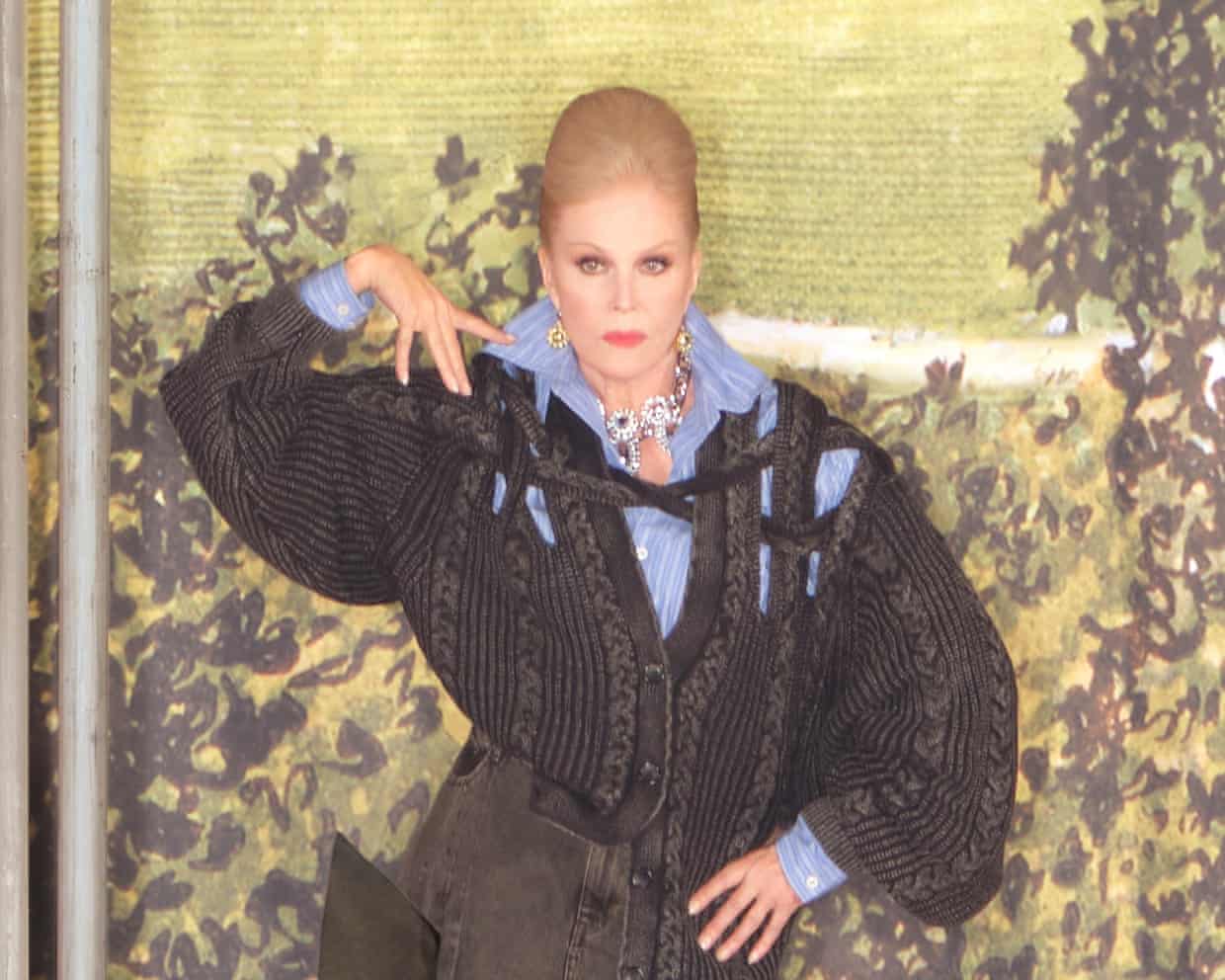
When the boss of Marks & Spencer reported a drop in clothing sales in its latest half-year results on Wednesday, he was keen to stress the problems were down to spring’s devastating cyber-attack and “not due to lack of demand”.Stuart Machin said the once-staid retailer had been “inundated with requests” for its fashion range, which has been revitalised in recent years and was again lifted by last year’s collaboration with designer Bella Freud.On Thursday last week, M&S launched a fresh tie-up, this time with London fashion label 16Arlington.With sequin dresses, statement evening coats and tops with feather detail, it’s set for the festive party season.It came on the same day H&M unveiled a similar venture with Glenn Martens, the Belgian designer about to take over at Maison Margiela.
The two launches capped an autumnal flurry of collaborations between independent brands and high street stores.Last month, John Lewis brought out collections with Labrum and Rejina Pyo, while Debenhams did one with the “king of sequins” Ashish Gupta and M&S continued its Bella Freud collab with a range of eye-catching knits.It was also announced that the highly rated London designer Aaron Esh would be joining All Saints as its new creative director.Collabs have become an established part of high street fashion since the trend kicked off in the 1990s with Designers at Debenhams, which has drawn in names such as Jasper Conran, Matthew Williamson and Julien Macdonald over the year.H&M did their first in 2004, with Karl Lagerfeld, while Topshop made headlines in the noughties working with Kate Moss and Christopher Kane.
If those past hits gave the impression of high fashion sprinkling the stardust on the high street, the latest round suggests the tables have turned somewhat – offering a welcome outlet to independent designers struggling financially.Esh, Pyo and 16Arlington have all skipped showing at London fashion week in recent seasons, because shows are so expensive.Speaking to The Business of Fashion when news of his All Saints appointment was announced, Esh was excited by the creative challenge but also praised the security his new job brings: “It helps me with the financials and foundations of my company and not having to live season to season.”John Lewis’s collaborations run across two seasons per designer – Labrum and Pyo follow A.W.
A.K.E Mode, whose second collection landed in the spring.The department store chain’s director of fashion, Rachel Morgans, will not divulge the fee paid for these collaborations, but does say: “I hope they see it as a fair representation of the work that they’re doing, and the work that we’re doing together.”Even if the price points are higher – £149 for Rejina Pyo shirt compared with £49 for a John Lewis one – the pieces are selling.
Morgans says the green satin Pyo shirt sold out in a day, and the Labrum duffel coat is proving popular.Designers will benefit from a different demographic seeing their clothes, says Catherine Shuttleworth, a retail expert and the founder of Savvy Marketing.“You [the customer] might [see the collaboration] then look into that designer and buy one of the other pieces that are a lot more expensive,” she argues.Sign up to Business TodayGet set for the working day – we'll point you to all the business news and analysis you need every morningafter newsletter promotionHenrik Lischke, senior fashion news and features editor at Grazia, agrees.“There is obviously a lifeline in the struggling landscape of the fashion industry, in terms of an injection of cash into the brand,” he says, “but also in terms of brand awareness.
For small brands, to be picked up at M&S or John Lewis – all of a sudden Sally in Sunderland will know that brand.”Designers also see the inner workings of a much larger business, and this helps them develop as a result.Morgans gives the example of working with the Labrum designer Foday Dumbuya on knitwear.“We’ve been able to support on those categories that they haven’t really had as much experience in,” she says.“And obviously we would share our contacts with them as well.
”Morgans has long worked in collaborations.She was part of the team that instigated them at Topshop 20-odd years ago.“It’s in my DNA, if you like,” she says.“I feel it’s really important as a British retailer we give something back … If we can be one step and support on that journey, I’m here for it.”Of course, there are advantages for the retailer, too.
“What those brands bring to the high street giants is credibility,” says Lischke, “the attention to detail and fabric and fit and design ethos that exists in their luxury world … that’s the return basically,”Morgans says creativity is another essential factor,“Our design team get the exposure to brands and designers that expands their knowledge,” she says, pointing in particular to the collaboration with A,W,A.
K.E Mode.“That means [they] can get braver and experience more and will push the boundaries more.I think that has an influence on the way we work going forward.”

Tackling the democracy deficit in schools | Letter
In the belief that young people need to grow up learning about democracy, I have spent my career in education working for democracy in schools – through student councils, parent councils and staff councils (What would you do if democracy was being dismantled before your eyes? Whatever you’re doing right now, 31 October).It has been an uphill struggle. It is rare for student councils to be given the opportunity to discuss anything consequential about school issues or their own learning.Parent councils – different from parent-teacher associations, which are mostly about fundraising – often struggle to attract parents. Parents generally want to talk about their own children, but are less keen to get involved in discussions about school policies
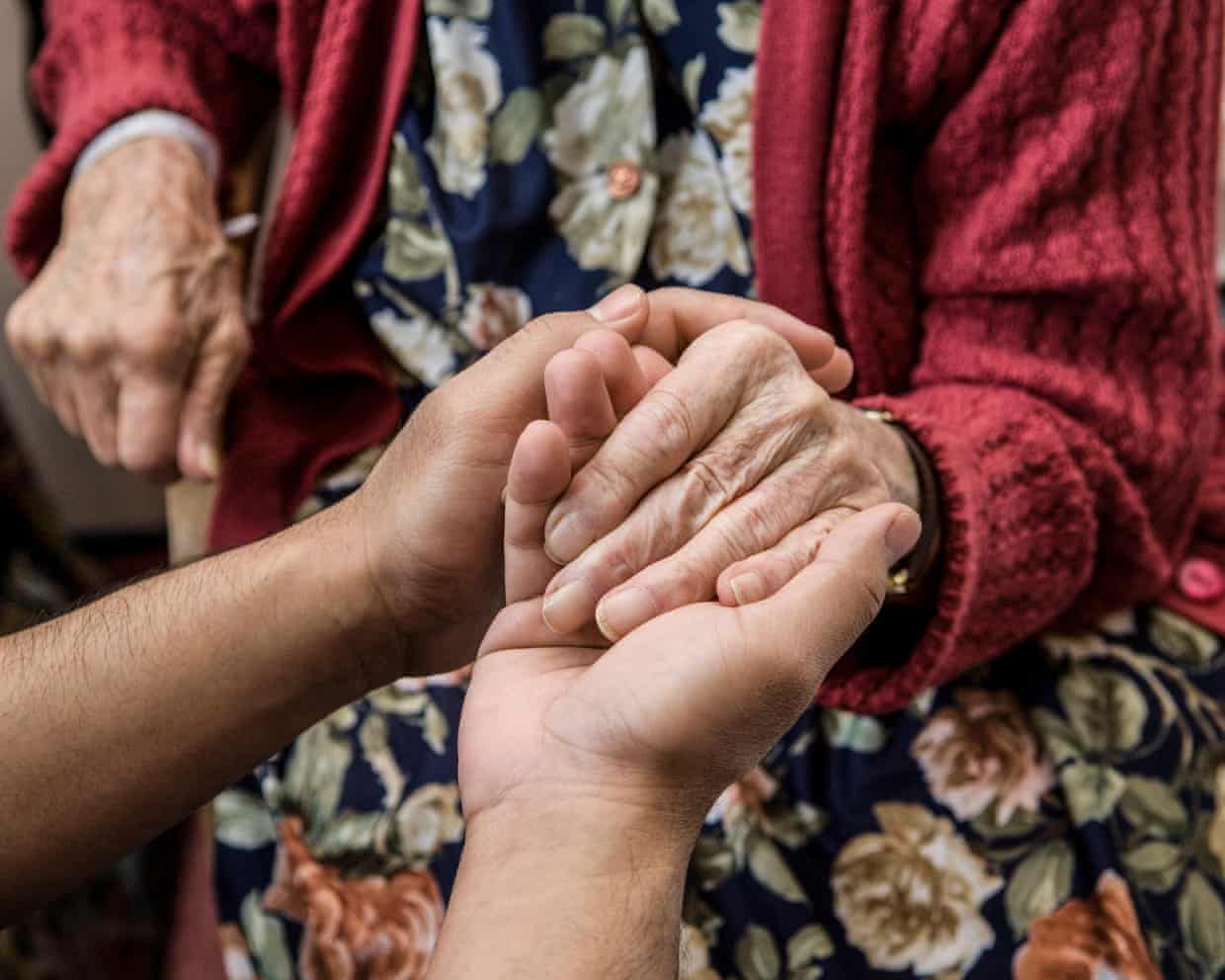
End-of-life care needs a fundamental review, not just more funding | Letters
Your editorial (29 October) highlights the urgent need for better funding for end-of-life care. As a physician and academic who has worked in this area for 40 years, I would like to raise three underlying issues.First, it implies that hospices are the only model for delivering good end-of-life care. It is arguable that in Britain we have overrelied on the charitable sector. We now have NHS-funded hospital palliative care teams who can provide excellent care when patients are coming to the end of life but still needing specialist treatments – which very often hospices cannot or will not offer

Almost 30% of people abused as children, England and Wales data shows
Nearly a third of women in England and Wales were abused as a child, along with just over a quarter of men, according to new figures which for the first time include emotional, physical or sexual abuse as well as neglect.The data from the Office for National Statistics (ONS) estimates 31.5% of women and 26.4% of men experienced some form of abuse as a child, a total of 13.6 million – almost three in 10 – people
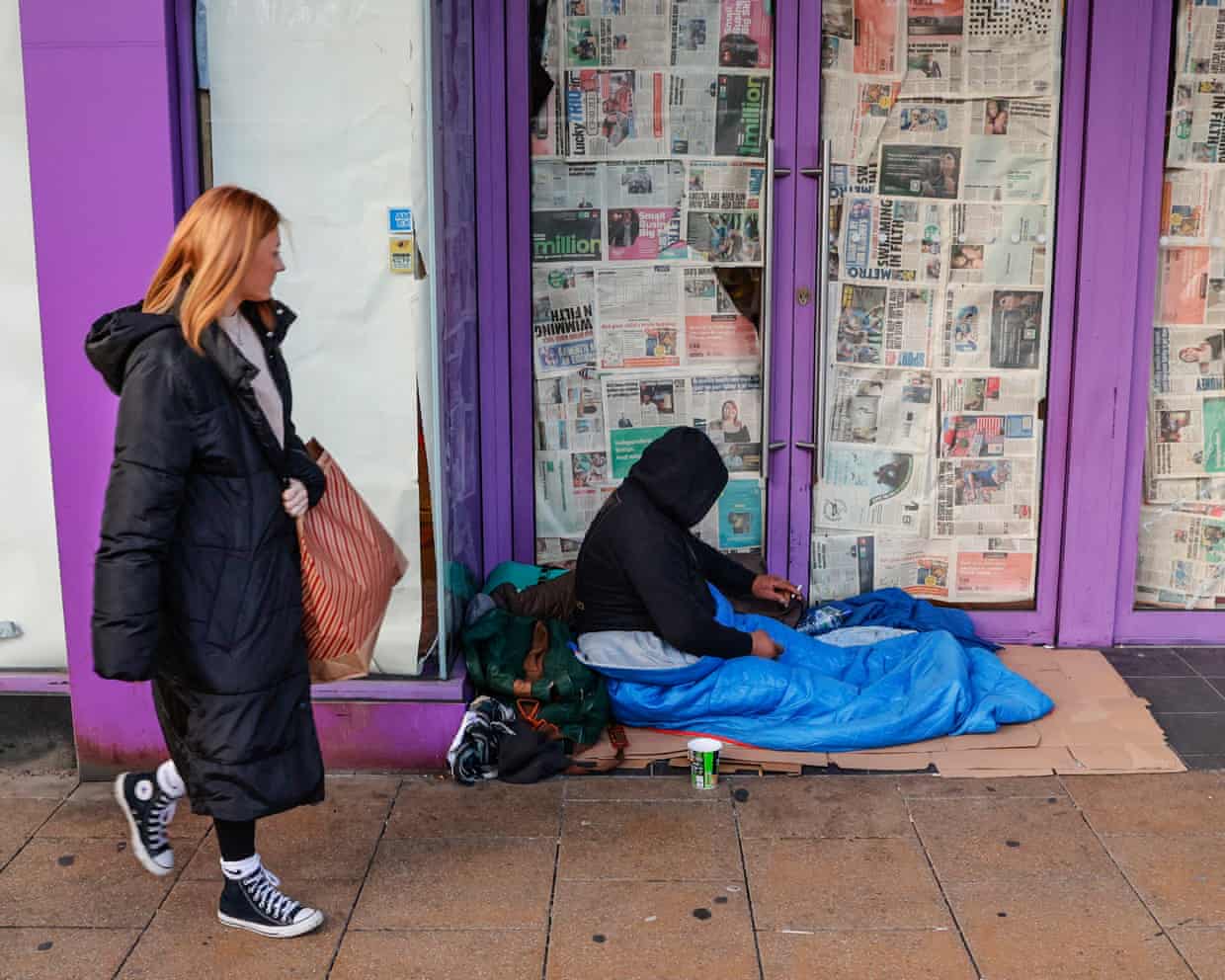
UK to launch pilot scheme that helps homeless people access banking
Homeless people will for the first time be able to open accounts with the UK’s five biggest banks, in a pilot scheme marking the launch of the government’s financial inclusion strategy.The Treasury said its new national plan was meant to ensure financial services “worked for everyone”, as it also revealed programmes that could help rebuild the credit scores of domestic abuse victims, support families with no savings and roll out financial education in primary schools across the UK.One of the key schemes will see the high street lenders Lloyds, NatWest, Barclays, Nationwide and Santander waive the need for people to have a fixed address in order to open a bank account. The move will help vulnerable people avoid the chicken-and-egg problem of needing a bank account to apply for work and rental accommodation across the UK.It will involve partnerships with the homelessness charity Shelter, which will vouch for prospective customers based on information on the charity’s database, while accompanying individuals to face-to-face meetings at a local bank branch

MPs ask HMRC to explain child benefit error that froze payments to parents
MPs are demanding answers from HMRC over a child benefit error in which payments to 23,500 families were stopped as part of an anti-fraud crackdown.Meg Hillier, a Labour MP and chair of the House of Commons Treasury select committee, has written to the permanent secretary of HMRC asking who made the decisions, why they were made and whether compensation would be offered to the victims.The letter follows a series of reports by the Guardian and investigative website the Detail on families who had been wrongly suspected of fraud after data showed they had taken flights out of the country but not returned.They received letters demanding they answer 73 questions and provide a mountain of documentation including bank statements, GP and school records on the back of information the Home Office provided.But the Home Office data was incomplete and did not record return journeys of parents, leading HMRC to believe the families had emigrated and were continuing to collect child benefit illegally

NHS staff bearing brunt as ‘ugly’ racism of 70s and 80s returns, says Streeting
An “ugly” racism reminiscent of the 1970s and 1980s has become worryingly commonplace again in modern Britain and NHS staff are bearing the brunt of it, Wes Streeting has warned.Incidents of verbal and physical abuse based on people’s skin colour now happen so often that it has become “socially acceptable to be racist”, the health secretary said.In a joint interview with the Guardian alongside the NHS England chief executive, Jim Mackey, Streeting told how he has been “shocked” hearing NHS staff, especially those working in A&E, recount growing levels of harassment, aggression and violence when their care gets delayed.Advising the public to brace themselves for the NHS in England getting overwhelmed in the coming weeks because of a triple whammy of flu, Covid and strike action by doctors as winter descends, he admitted that patients would be put in danger as a result of becoming stuck on trolleys or in the back of ambulances – situations that are known to heighten the risk of harm and death.“Even if you’ve got a long wait, which I know is frustrating, or you feel like you’ve been sent from pillar to post, which sadly does happen, there’s no excuse for taking that out on staff,” Streeting said
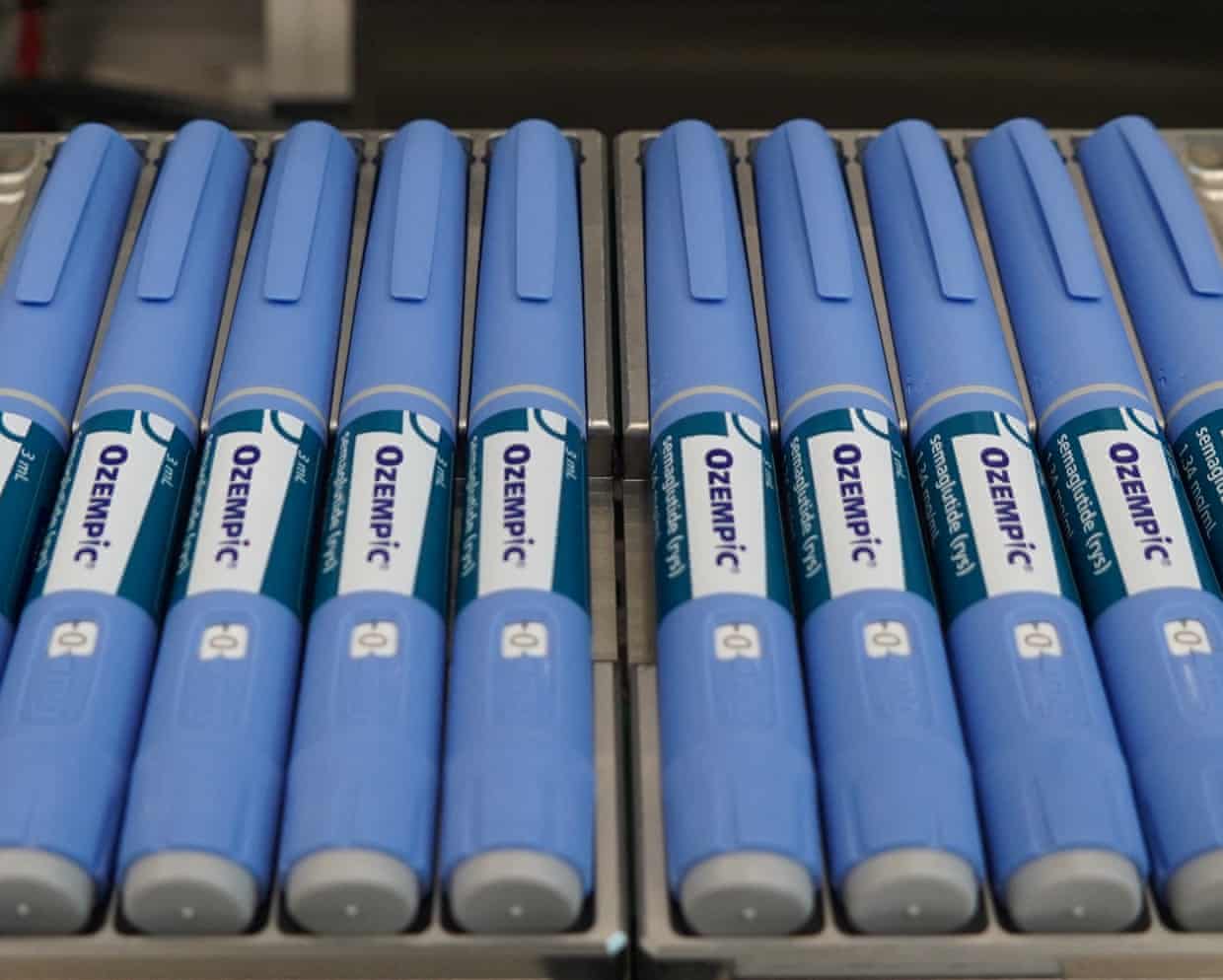
Ozempic maker struggles as it loses ground to rivals in weight-loss market

M&S boss says Reeves made customers more worried with pre-budget speech

Global stock markets fall sharply over AI bubble fears

Bosses at six water firms had £4m in bonuses blocked under new rules, Ofwat says
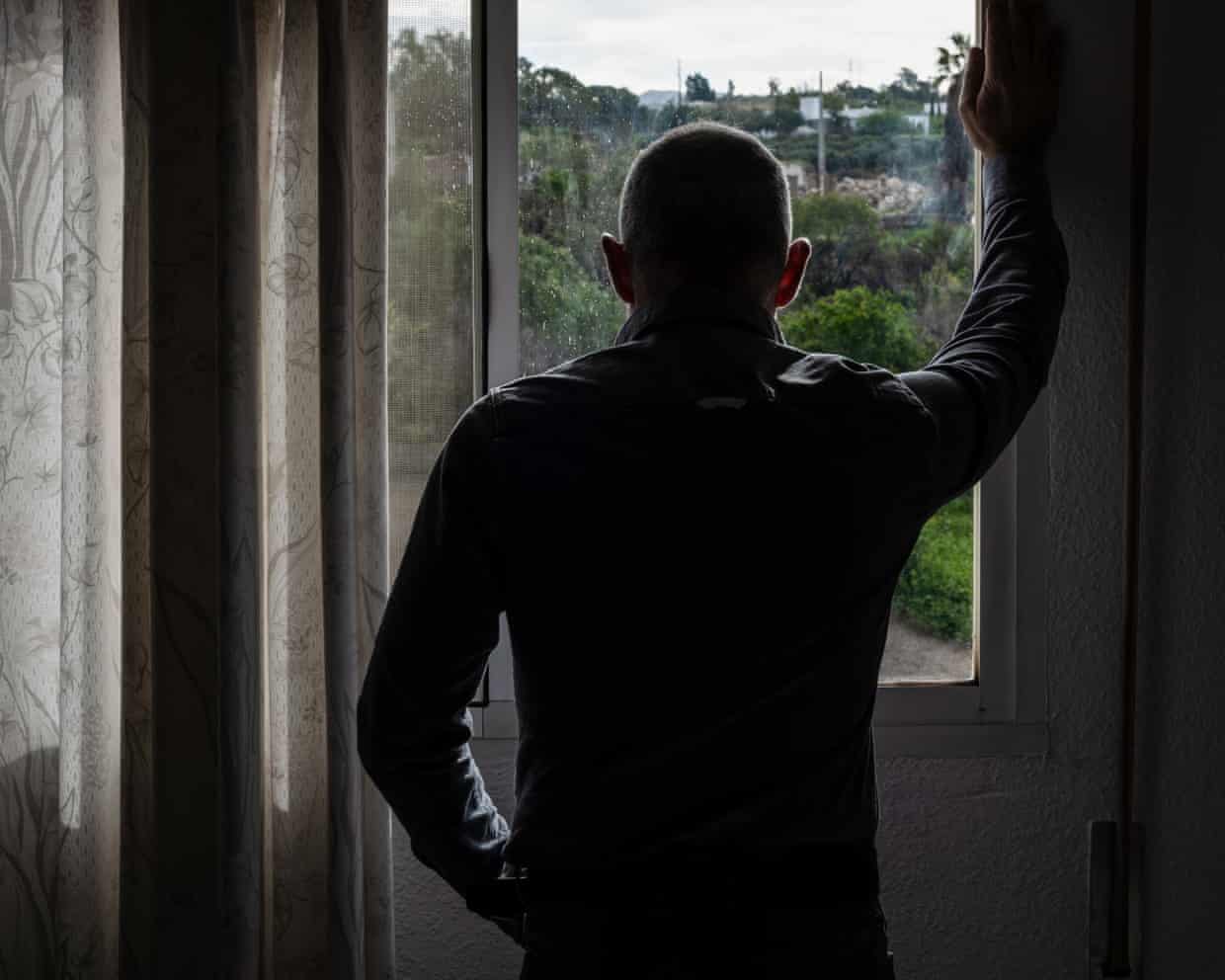
Fixing Britain’s worklessness crisis will cost employers £6bn a year, report says

Telecoms companies to improve security to stop UK phone number ‘spoofing’